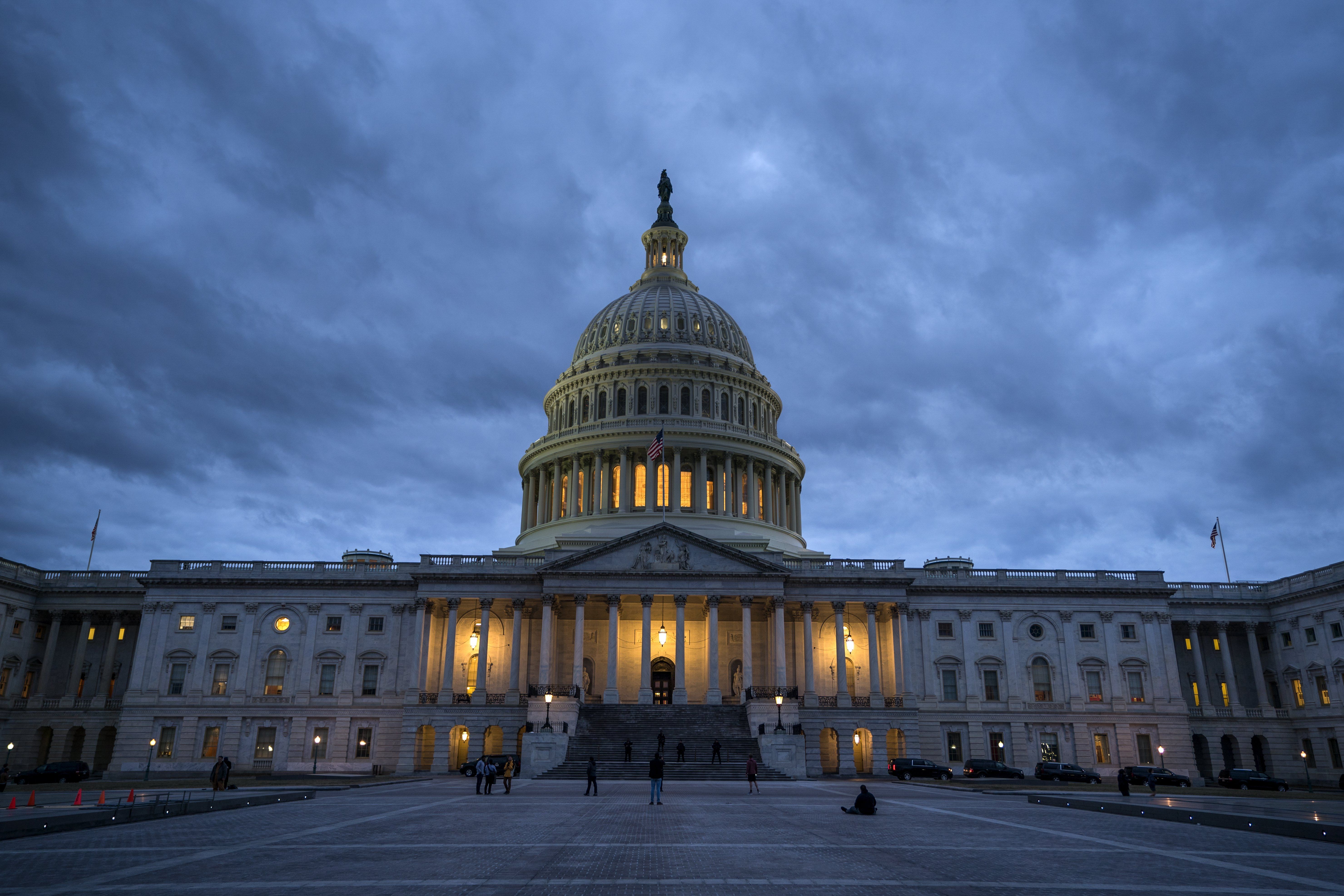
What should we learn from the Government Shutdown?
After a weekend of legislative stalemate, the Senate has achieved a short gap to reach an agreement, but the immigration debate remains intact.
They were three days of infertile debates, where the political system showed its seams and legislators measured their pulse in an ideological race of resistance.
Hundreds of thousands of federal workers didn’t know exactly what the week would bring and many more immigrants felt that their lives were hanging by a thread, while the Democratic Party's promise to fight for what was fair assured a battle of more than a day.
But the reality was different. The will of the Democrats lasted only a day before succumbing to the promises of the leader of the Republican Majority, Mitch McConnell, who assured that the issue of the Dreamers would be solved.
McConnell spun fine in his speech assuring that, after reaching a financial agreement for the government, the issue of immigrants arrived in childhood would be resolved but avoided at all costs to promise an indefinite protection or a short-term solution.
Senators such as Angus King (Maine) or Charles E. Schumer (D-N.Y.) supported the plan - which includes reauthorization of the Children's Health Insurance Program - but doubts remain on the table.
What good was the show then? Have we achieved anything?
According to Angel Padilla, policy director of Indivisible, to the Washington Post, "for months, Democratic leadership has reassured Dreamers that Democrats would use all their leverage to get the Dream Act done", but without achieving it, which puts organizations like his in an alert to what could follow next.
RELATED CONTENT
The time-lapse to work on this is three weeks, but the relations between members of both parties only become rustier with each passing day, while each pulls to the side of their ideological interests.
The Republicans insist on an anti-migratory package of measures in exchange for a non-existent solution and the Democrats remove from the table any proposal on the President's border wall.
When both parties are in the middle, proposals arise as led by Lindsey Graham (R-S.C.) And Dick Durbin (D-Ill), but the president and his closest advisers insist on being the apple of discord.
"Flake and Durbin are dead," Arkansas Republican Senator Tom Cotton said, referring to the bipartisan proposal, NBC reported. Both Cotton and White House adviser Stephen Miller have put all their efforts into making no agreement.
The solution seems to be then to maintain the ground that the Democrats have achieved over the next few weeks, get more legislators (of both parties) to support bipartisan proposals and not give a millimeter in the pressure outside the agencies.
Whatever the result, this will be the circumstance that will determine much of the citizen's will when it comes to choosing their next representatives during the November elections, in order to have two more balanced representatives' chambers where the interventionism of the White House advisors won’t determine the future of hundreds of thousands of people.










LEAVE A COMMENT: